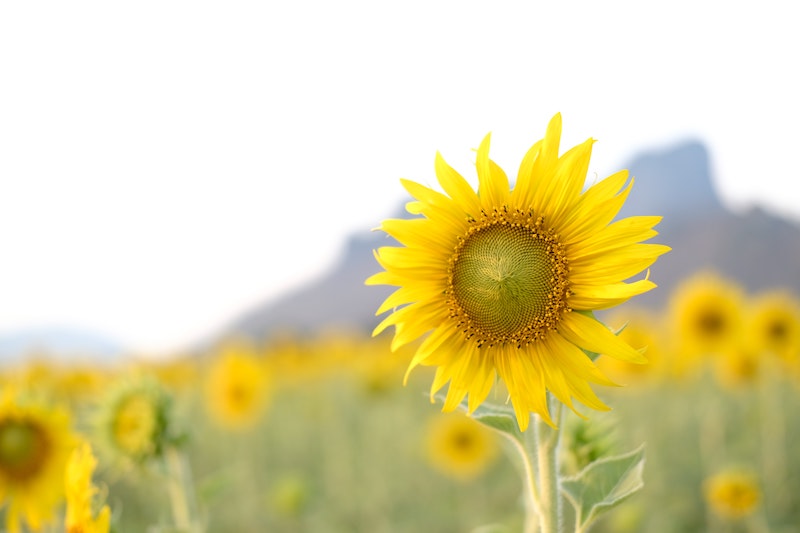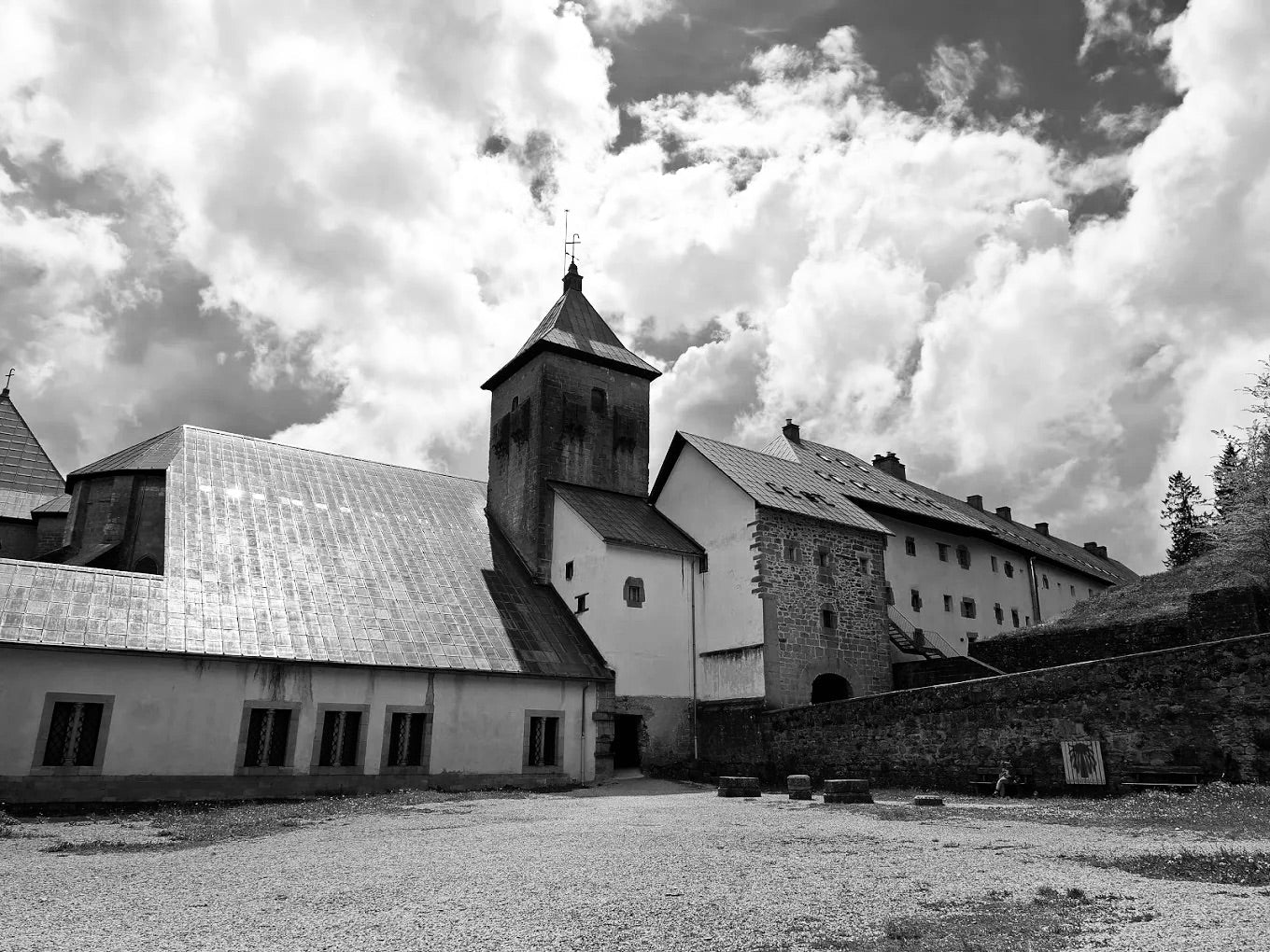
The crash of the knotty pine was undetectable through roaring winds pounding the coastline. It landed first on a small grouping of trees with one indistinguishable branchy casualty softening its landing. There it hung just off the ground in a lucky balance between the shed and an electrical post. At first glance, it was surreal to witness the sturdy conifer brought down from the place where it seemed to reach up and touch the sky. It was the second of its kind to fall in the near vicinity of all that is dear. Adrian’s birdhouse dangled on one stretch of bark, upside down and not far from the root bed—pulled forward with the trunk and out of the ground like a giant weed.
The roots were both jagged and labyrinthine, narrating the history of the sprawling timber like the lines of a palm tracing the pathways of human life and the heart of a story. The shallow depth of ground soil and the clay beneath brought to mind the question of whether the pine had any chance at all against the gales and squalls that so frequently come blasting across the bay. It brought to mind the question of what lies beneath the surface of all beings, bolstering enough grip to hang on.
A few tethers: frequent attention to the breath, cold water, the power of “no,” a long embrace. If all else fails, there is always the blanket of forgiveness for all of humanity—ourselves included.
Coupled with the wind, trees become like riptides—deserving of awe and respect for their potential to wield a mighty force. So many times I’ve looked up at them toward the pinnacle of their branches; An attempt at connecting the pointy tops of the evergreens, and the wider veiny branches of the tallest oaks to a sense of knowing and understanding of their life force. As if I could decipher their temperament or charisma, their charm. As if I could know them, in the same way that I try to know you.
When the arborist comes to separate the sprawling trunk from its massive root system, I am away picking up Jonah and Adrian. It is better this way, less painful than having to observe the casual dismemberment of a friend. When I arrive home, the heavy disk of grass and roots has been lowered to the ground and tucked back in, a wide stump left as the only remnant of all that has occurred. Knowing the huge and heavy conglomeration of soil and stems can no longer collapse in our yard upon something I cherish comes as a relief—as if one less danger exists in the world.
--
Adrian’s ambition around growing sunflowers this season is remarkable given the brutal ending his plants endured this time last spring. After weeks of tending to their every need, he’d placed his beloveds on a porch step to absorb nourishing rays on a sundrenched day.
A few hours later I heard him cry out. Quickly I sifted through my understanding of his manner of communication. He wasn’t physically injured; I would have heard a higher pitch in his voice and the hint of tears. This yell clearly had the ring of heartache, lower and with the drum of injustice. He’d hit the octave of grief and I’d heard the screen door slam shut. I went running downstairs, wondering whether something had happened to the seedlings for which he’d shown such an admirable devotion.
Out on the porch I saw the remains of destruction caused by a couple of pesky squirrels. Spindly roots were ripped out of green containers and spread across the granite path—all for the acquisition of a meager sunflower seed, planted at the bottom of the pot and in most cases long since crumbled and removed in the process of germination. Those squirrels must have had very good noses to even know the seeds had ever been there. I held Adrian in my arms as he mourned his loss through a plethora of outrage and tears.
Traipsing through a home improvement store a few weeks ago, where I was in search of a new faucet, he spotted a display boasting a wide array of organic seeds including several varieties of sunflowers. As if his memory had been erased, he began picking out packets, comparing prices and mapping out his plan for a more elaborate and refined effort. I almost stopped him, but his resilience seemed to mirror his preferred choice in flower—a family of plants whose young move their blooms all throughout the day so they might always be facing the glorious nourishment of the sun.
Because my new window seat was in the place where we kept our plants last year, Adrian relocated his indoor garden into the living room along the far wall, near the window where we’d peered out and witnessed the fallen tree. On the first day after planting, he hovered around the dozen or so containers we’d found in the shed. There were some planters we’d purchased, but his favorites were the recycled yogurt containers and the green plastics that the mushrooms came in from the store.
He reminded me of Toad, from the Frog and Toad story, The Gardenand I told him as much, reminding him of the dialogue.
Start growing. Now seeds—start growing! I will read the seeds a story, then they will not be afraid to grow. These must be the most frightened seeds in the whole world. At last! My seeds have stopped being afraid to grow!
With all of this attention, Adrian’s seeds seemed to germinate in record time, popping up with evidence of the crushed seed they’d been planted from—split in two. He developed a method of watering that insured the tiny green sprouts could be saturated but not flooded. Dipping a paper towel in a container of water he would then lift the dripping rag out of the glass and squeeze its moisture into each container.
Remembering the lights we’d mounted over our seedlings last Spring, he implored me to bring them up from the basement as soon as possible. Within a week, the sunflowers had two-or- three-inch stems and their leaves were growing rapidly. For those in the smaller store-bought containers, he decided it was time for a transfer.
On the hot pavement where the sun burned down despite a chill in the air, he laid out his plants, the larger containers and a bag of potting soil. Like a surgeon, he worked meticulously, using a spoon to carve out the root beds, lifting the plants up and then placing them in their new larger homes. His expeditious approach to life abated, his hands moved tenderly through the soil ensuring the sunflowers were well supported and had the very best chance to grow.
I thought about the force driving his efforts; the motivation present when directed by the impulse of his very own interests and passion. I admired his capacity for guiding each step of growth according to inspiration and ideas unique to the workings of his mind. Later I sat with him beside his lit display of flourishing sprouts while he leaned back on the hardwood floor—legs stretched out and crossed in front of him, his arms propped behind. He possessed the air of a statistician or professor, his golden-brown eyes alert and sparkling, his soft skin arresting in the glow of the lights.
He shared insights in great detail about the various performances of each of his plants. In many ways he seemed more equipped for successful cultivation than I ever could or would be, my approach much less calculated or observant.
When I asked him about his decision to grow the sprawling sunny flowers once again—even after the Sciuridae Massacre of 2020—his response was simple and as good a reason to carry-on as I have ever come up with.
I just thought I would give it another try.
Subscribe to my mailing list!
Leave a comment (all fields required)
Comments will be approved before showing up.


